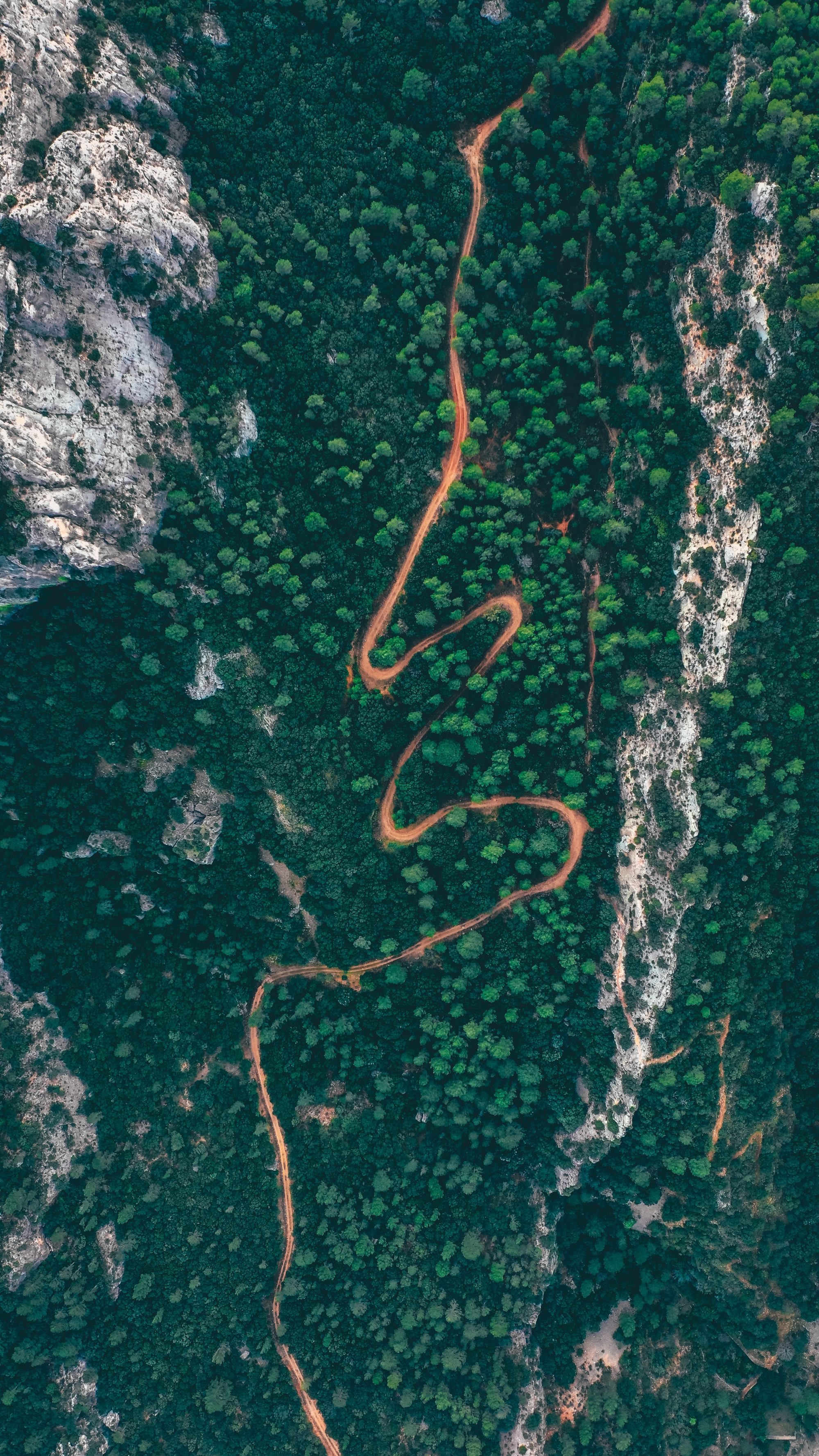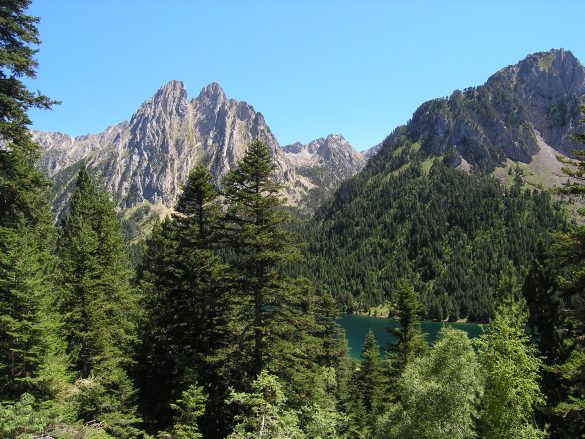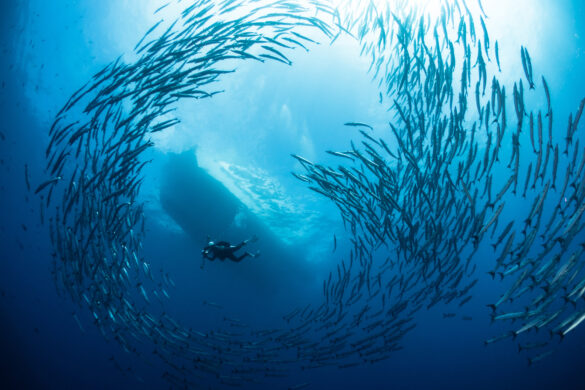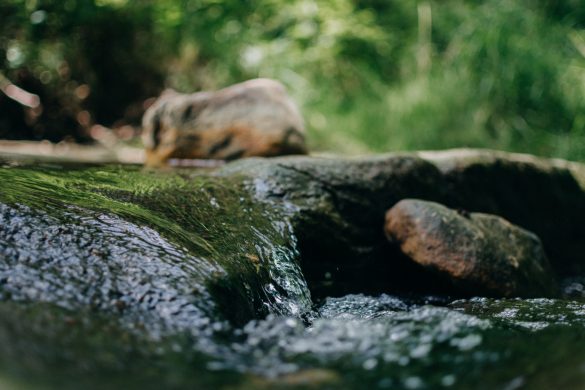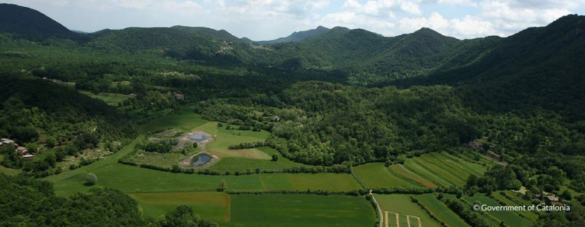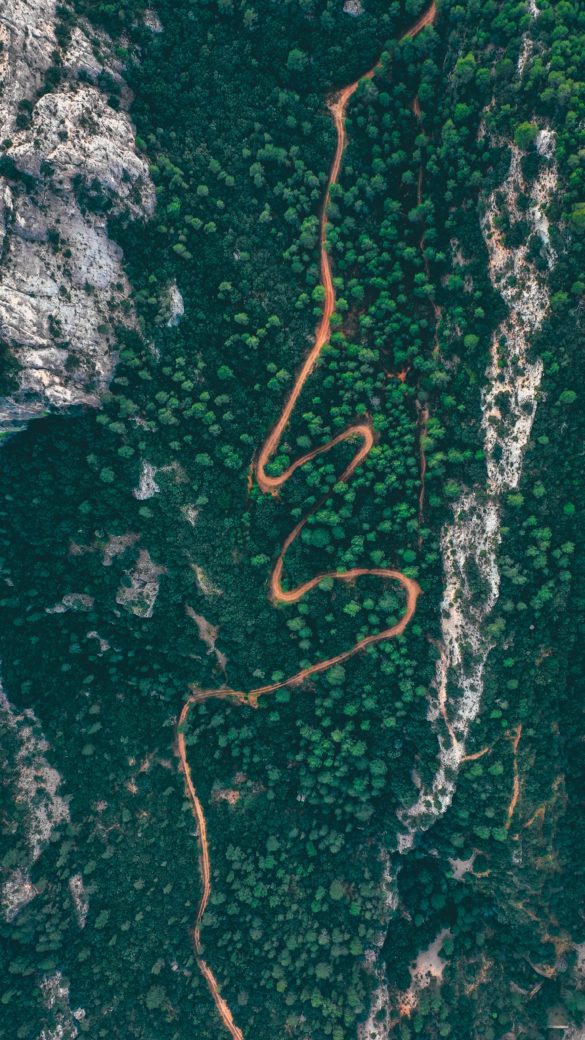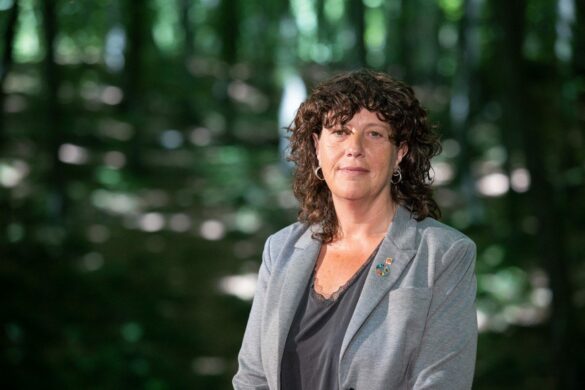A comprehensive look at Catalonia’s current state of nature
Context
- About the region
In Catalonia, the latest reporting under Art. 12 of Birds Directive and Art. 17 of Habitats Directive for the period 2008-2012 indicates that Catalonia is not immune to biodiversity loss. In addition, the data shows that the diagnosis can vary greatly depending on the scale and context. Because of this, it has been necessary the realization of the report “State of Nature in Catalonia 2020”, to have scientific knowledge about the current state of nature, its trends during last 20 years and the main pressures in the region.
The aim of the report is to obtain an overview of the changes we are observing in nature and the factors that determine these changes based on scientific evidence, and in a series of indicators chosen for their representativeness and robustness from the available information. In this way, this report gives numbers, orders of magnitude and rates of change.
The report is also the initial point of the implementation of the Catalan Strategy of Biodiversity 2030; and in some years, compare the current report with the next ones, it will let to know Strategy’s impact to tackle the main pressures identified.
Additionally, the report links with others of international and European scope, such as those that assess the compliance of the Aichi Biodiversity Targets, the Living Planet Index 2020 or the State of Nature EU. And it allows us to contextualize the situation of Catalonia and it places us at the same level as the most advanced countries in terms of identifying conservation priorities.
- About the thematic
The diagnosis of biodiversity in Catalonia, is based in the Living Planet Index (LPI) adapted to the Catalan context. The LPI is a global indicator used by the United Nations to monitor the planet’s biodiversity and is currently based only on information from vertebrate animals. As in other European countries, in Catalonia information on invertebrate animals -only butterflies- has been added. The LPI in Catalonia has been calculated from trend data of 321 species included in 7 large-scale and long-term monitoring programs that Catalonia currently are active.
During the last decades, a very remarkable network of people, groups and institutions has been created to work from different perspectives to know the state of conservation thanks to long-term monitoring programs. They are public and private actors which collect biological information to know where species are, how many individuals are, and how they are changing across time. The report has been made with the collaboration of more than 40 entities and is based on data and scientific evidence collected by hundreds of volunteers throughout the territory.
The report structure shows the situation of one environment per chapter, this allows to explain different trends and pressures considering forests and brushes, agricultural systems and meadows, rivers and wetlands and marine environments. It is a report that seeks to break down the situation by habitats and sectors of activity.
Finally, a great effort of synthesis, graphic design and communication has also been made to enable different levels of reading and to generate clear key messages without losing rigor. It is a scientific report accessible to everyone and has been publicly shared in the region.
- About the specific commitments.
The figures for the loss of biodiversity in this report make it clear that Catalonia is not an exception from the global emergency that is taking place on our planet. And to diagnose biodiversity and offer some numbers on its conservation status, the Living Planet Index (LPI) has been adapted to the context of this territory. The LPI is a global indicator used by the United Nations to monitor the planet’s biodiversity and is currently based only on information from vertebrate animals. As in other European countries, in Catalonia information on invertebrate animals -only butterflies- has been added. The LPI in Catalonia has been calculated from trend data of 321 species included in 7 large-scale and long-term monitoring programs that Catalonia currently are active.
In this regard, the report shows that the populations of vertebrates (fish, reptiles, amphibians, birds and mammals) and invertebrates (butterflies) on which there are long-term monitoring data, have lost a 25% of its individuals in the last 18 years on average. The trend is the same as on a global scale, but it is less intense than that registered at the world level, which has reached a reduction of 60% since 1970.
Furthermore, the report shows that the loss of biodiversity in Catalonia is not the same in the different environments or habitats. For forest and scrub habitats the loss of biodiversity is 12%. The species of animals that are most associated with forests have remained fairly stable, while the species native to scrub have suffered a constant and very pronounced decline, especially in the case of native butterflies, which have decreased by 57% since 1995.
Animal populations living in agricultural and grassland environments have suffered a loss of their population for the last 20 years. The most affected species – for which long-term data is available are: a) steppe birds, which depend on dry land and fallow fields and b) diurnal butterflies of meadows and pastures, which have fallen by 71%.
This loss of biodiversity is 54% for the animal species that live in rivers, lakes, and wetlands.
A very clear regression of animal populations to rivers and lakes is observed: these species have lost 50% of their individuals in the last 20 years. Almost 80% of the species evaluated in this report have an unfavorable conservation status, especially native fish that have lost 9 out of 10 individuals, mainly due to pressure from alien fish.
Regarding marine environments, the available data indicates a situation that is also unfavorable, but the data is not sufficiently complete. Basic information about its status is lacking to guarantee its conservation.
- Main findings
This 2020 report is the first of its kind and is expected to be a periodic, continuous, and growing monitoring report of the situation of the natural heritage and biodiversity in Catalonia. It is essential to have a detailed knowledge of what is happening to be able to define an effective strategy to be able to deal with the situation, as it has proven to be a necessary tool to make political decisions.
This importance of the report is related to the fact that it quantifies and gives us hard data on the state of nature in Catalonia. In addition, it analyses the situation by environments and sectors of activity and contextualizes the situation and moreover, invites to action. The report does not only address nature conservation policies, but also sectoral policies that affect the territory.
The results of this report support the need for an ambitious and effective policy for the conservation of the natural environment and biodiversity. The results of the in-depth study support the need to pursue an ambitious and effective policy for the conservation of the natural environment and biodiversity. In a way, it justifies the bets made by the Government over the last three years, including such as the approval of the 2030 Strategy for Natural Heritage and Biodiversity, the creation of the Nature Agency of Catalonia or the deployment of a specific economic fund for natural environment policies.
In fact, the report aims to be the start of the evaluation of the implementation of the 2030 Natural Heritage and Biodiversity Strategy. In addition, it includes some of the specific actions that have been carried out in Catalonia to reverse the loss of biodiversity. For example, protecting natural spaces through the Network of Protected Areas of Catalonia, or creating plans and actions for the conservation of endangered species. These and other actions have made possible to mitigate the loss of biodiversity and recover the populations of some highly endangered species, such as the otter, the brown bear, or the little kestrel, among others.
The report is also the embryo and first step of the Observatory of Natural Heritage and Biodiversity, a public initiative that seeks to create a space for collaboration between the Government of Catalonia, other administrations, research centers, universities and bodies and entities dedicated to the study of the natural environment to generate knowledge on policies related to nature. Its ultimate goal is to support nature conservation policies, to be based on quantifiable indicators and scientific evidence.
The Observatory is expected to become a reality in 2021 and wants to be the reference body for obtaining, integrating, processing, accessing, and disseminating information on the natural heritage in Catalonia. It is not conceived as a documentation center or an information repository, but as a space for the generation of knowledge focused on decision-making.
You can find the report here (only in Catalan).
